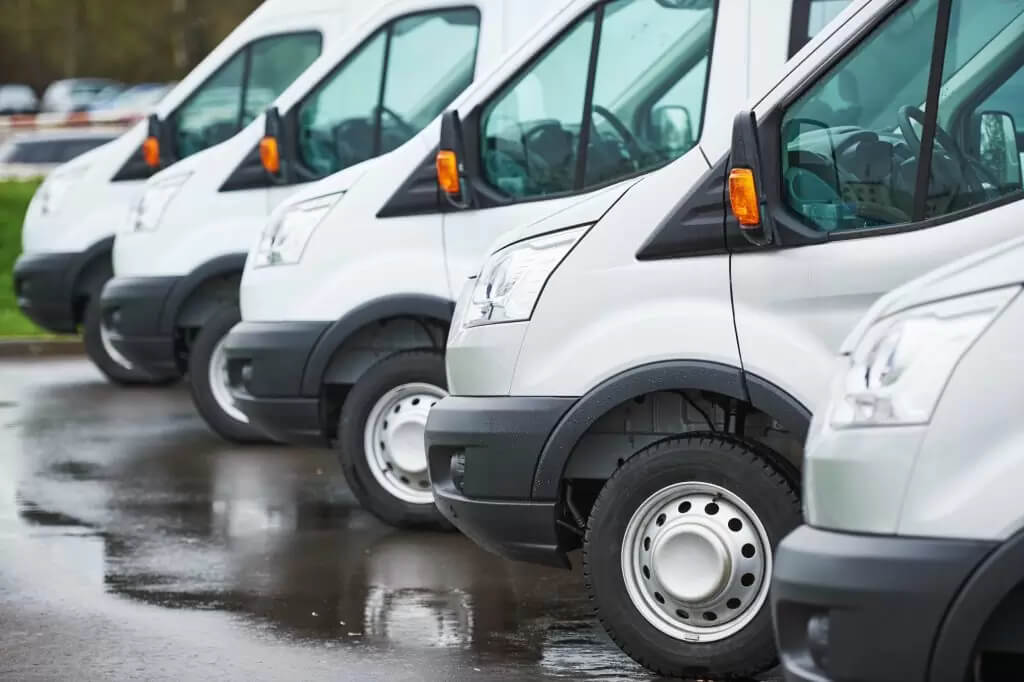 As refreshment operators look for ways to reduce their environmental impact, transitioning to more eco-friendly vehicle fleets is an increasingly attractive option. A recent study by Frost & Sullivan, commissioned by WEX, shows that the shift toward mixed-energy fleets is gaining momentum. According to the survey, 80% of global commercial fleet leaders aim to have at least 25% of their fleets comprised of electric vehicles (EVs) by 2030, with 42% targeting half or more.
As refreshment operators look for ways to reduce their environmental impact, transitioning to more eco-friendly vehicle fleets is an increasingly attractive option. A recent study by Frost & Sullivan, commissioned by WEX, shows that the shift toward mixed-energy fleets is gaining momentum. According to the survey, 80% of global commercial fleet leaders aim to have at least 25% of their fleets comprised of electric vehicles (EVs) by 2030, with 42% targeting half or more.
“This report’s findings indicate a fleet manager’s focus isn’t on ‘if’ or ‘when’ to transition but on ‘how best,’” said Carlos Carriedo, Chief Operating Officer, Americas Payments & Mobility at WEX, elaborating in an announcement on the key findings of the study.
This trend presents a significant opportunity for refreshment operators who want to lower their carbon footprint while optimizing operational efficiency. A mixed-energy fleet — incorporating both EVs and traditional internal combustion engine (ICE) vehicles — allows businesses to transition at a comfortable pace, reducing risk while adapting to emerging infrastructure and consumer demands.
Here are some key benefits of adopting mixed-energy fleets, after interviewing over 500 operators across the U.S., Europe, and Asia-Pacific:
- Sustainability as a Business Strategy: 70% of operators report that decarbonization is a central component of their long-term goals, helping reduce environmental impact while aligning with consumer demand for eco-friendly practices.
- Cost and Operational Efficiency: While upfront costs for EVs can be higher, over half of the surveyed organizations have already invested in charging infrastructure, recognizing the long-term savings on fuel and maintenance.
- Seamless Integration: A phased approach to fleet electrification helps operators optimize vehicle use, route planning, and payment solutions, while integrating EV management with existing ICE systems. Over 90% of operators already streamline payments for both ICE and EV vehicles.
- Future-Proof Your Fleet: As the charging infrastructure and EV technology continue to improve, operators that embrace mixed-energy fleets now will be better positioned for a full EV transition in the future. Smart digital tools can also enhance route efficiency and data collection.
The report also includes industry challenges, revealing that the top concerns for fleet operators are rising fuel costs (67%), operational expenses (66%), and maintaining profit margins (59%). These challenges highlight the financial pressures fleet managers face as they work to control profit margins while adopting new technologies and implementing sustainable practices.
By choosing a mixed-energy fleet strategy, refreshment operators can achieve their sustainability goals without sacrificing operational flexibility, ensuring a smooth and cost-effective transition to greener mobility solutions.
For more details on how to optimize your fleet’s eco-friendly transition, you can access the full report “The Commercial EV Transition: Global Insights on a Mixed-Energy Fleet Future.” Embrace the future of sustainable transportation and join the growing number of businesses paving the way with mixed-energy fleets.
About the Fleet Study
The insights shared in this article are based on a comprehensive study conducted by Frost & Sullivan, commissioned by WEX in early 2024. The study surveyed over 500 mixed-energy fleet operators across key markets in Europe (273 respondents), the United States (110 respondents), and Asia-Pacific (120 respondents), providing a global perspective on the journey toward the future of vehicle fleet electrification. Each respondent already had at least one electric vehicle (EV) in their fleet.
About WEX
WEX (NYSE: WEX) is a global leader, helping companies manage payments, employee benefits, and vehicle fuel cards and fleets. For more information, visit WEX’s website.















